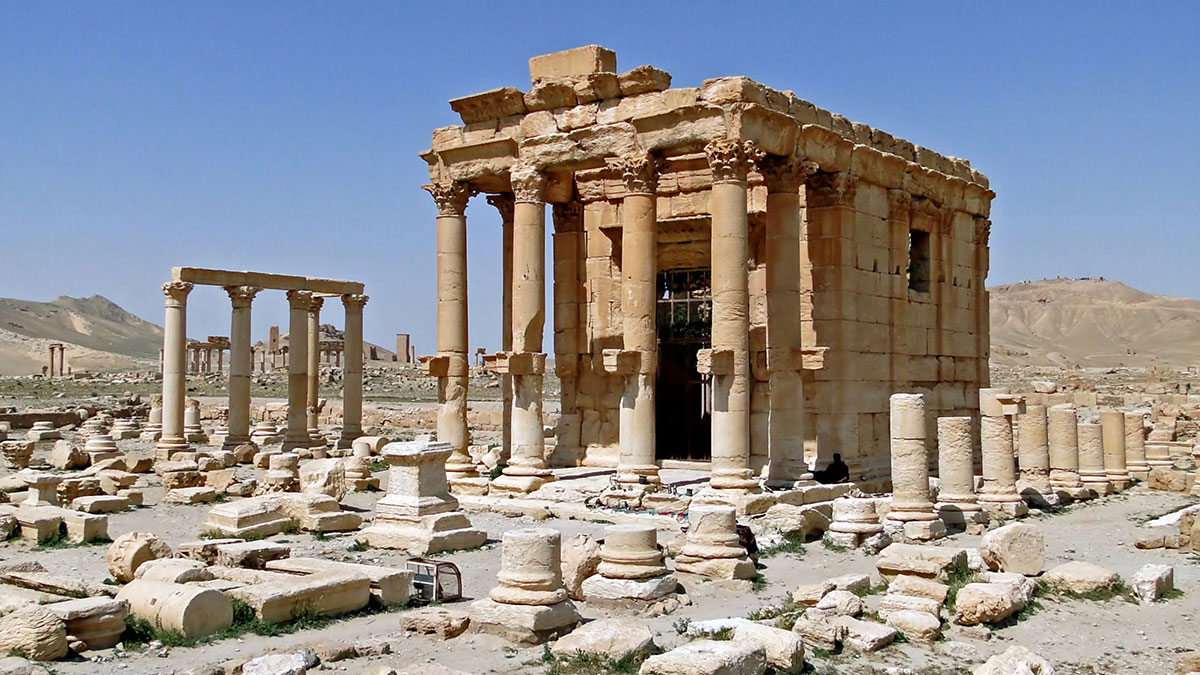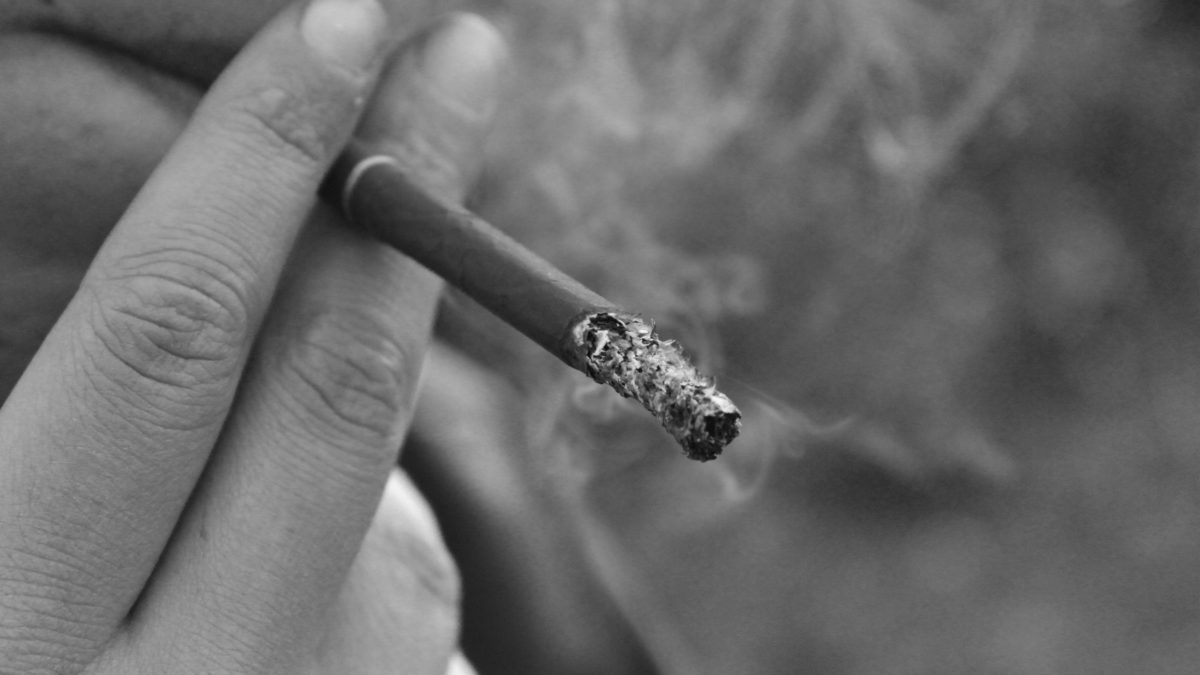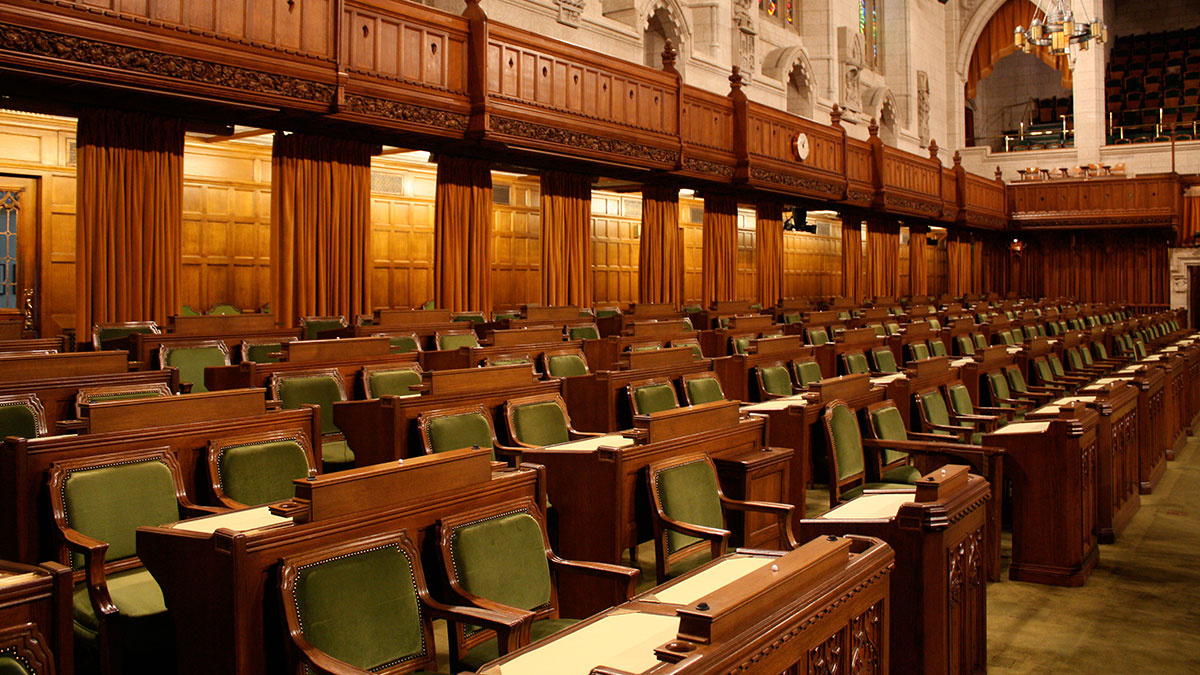ISIL’s artifact destruction should elicit a stronger reaction
 Supplied – Bernard Gagnon
Supplied – Bernard GagnonThis past week it was discovered that ISIL, upon gaining control of the Syrian city of Palmyra, decided to raze a first-century temple constructed to venerate the Canaanite god Baalshamin. As with the disfiguration of other archaeologically significant sites in ISIL-administrated territory such as the early Assyrian city of Nimrud, the churches of Mosul, and the ancient synagogue at Dura Europos, this piece of news would be slightly more shocking to the senses if it actually were novel.
This depressing trend of iconoclasm has accompanied ISIL’s pornographic sideshow of human violence for some time now. Unfortunately the mainstream media, has become weary in its revulsion towards these acts. It seems no one has the energy or motivation to hold a steadfast and principled position condemning these archeo-terrorists with all the fortitude and conviction that can be mustered. Have we accepted this as the natural cost of ISIL holding real estate in the Middle East? If so, it doesn’t seem unreasonable that some agitation should be undertaken to disrupt that complacency.
There is a surprising amount of speculation about why ISIL’s brigade chiefs have set themselves the task of eradicating pre-Islamic cultural buildings and artifacts. I say surprising because the answer really does seem self-evident. People have posited that ISIL does it for the money. They have suggested that ISIL sells some of the more valuable artifacts on the black market (the less highly-appraised artifacts they invariably smash) to support their activities. This seems to have been the case in at least one instance, but it isn’t what Abu Bakr al-Baghdadi has in mind. If the stated mission is to cleanse the so-called caliphate of any offending vestige of a time before the life of the prophet Mohammed, then we would do well to take these people’s word for it and plan accordingly.
But one has to contend with observers like Georgetown University professor of Middle Eastern Studies Elliot Colla, who don’t consider this phenomenon to be of grave concern. Indeed Colla went as far as to write masochistically that, “…before Americans issue more blanket condemnations of [ISIL]’s ugly form of iconoclasm, we might do well to put our own selves back into the history of toppling statues in Iraq. Weren’t we championing iconoclasm and broadcasting it on our own television screens not so long ago? Didn’t we, as victors, begin our celebrations by toppling the sacred objects of our enemies?” Is Colla saying that the free world in general shouldn’t issue blanket condemnations of ISIL’s destruction of archeological artifacts? Is he insinuating that ISIL’s cultural genocide of objects and buildings they deem polytheistic is akin to the American-led coalition’s toppling of Saddam’s statue of himself (which he gave to himself for his 65th birthday)? What is most revolting is the final suggestion that that statue in Firdos Square was a sacred object to anyone but Saddam Hussein himself. Sure, it was American troops who hauled the forty-foot mustachioed figure to the ground, but what Colla forgets is that it was to the soundtrack of a jubilant Iraqi crowd who then, and of their own volition decapitated the statue and pulled it through the streets of Baghdad. This is casuistry in its most damaging form.
The artifacts and buildings in danger of being wrecked cannot be viewed through the optics of a colonialist approach, because they are part of mankind’s shared patrimony. Pieces and structures of that vintage cannot be seen as belonging to Syria or to Iraq, but rather to our collective shared history. It follows thusly that an attempt to preserve archaeologically significant objects in the region is not a Western overreach. No, it is the duty of the comity of nations to admonish anyone caught in the act of further fragmenting our already meagre understanding of the early Levant.
Iconoclasm is nothing new. Austere protestantism used to have a fixation with deleting the “graven images” of Catholic iconography. Among the old Byzantine Christians there were recurring bouts of iconoclasm related to devotional art. But this is different. Here are gangsters and thugs looking in the eyes of everyone who cares about the common cultural property of the region and brazenly erasing it from history. We simply cannot be passive about this. Just as the world mourns civilians beheaded by the sanguinary hands of ISIL militants, so too must it mourn the decapitated statues of the Mosul Museum, the lammasu that lay broken and strewn across Mesopotamia, and the exploded Tomb of Jonah in Nineveh. Humanity doesn’t get these things back, and the global community should respond with that borne well in mind.




